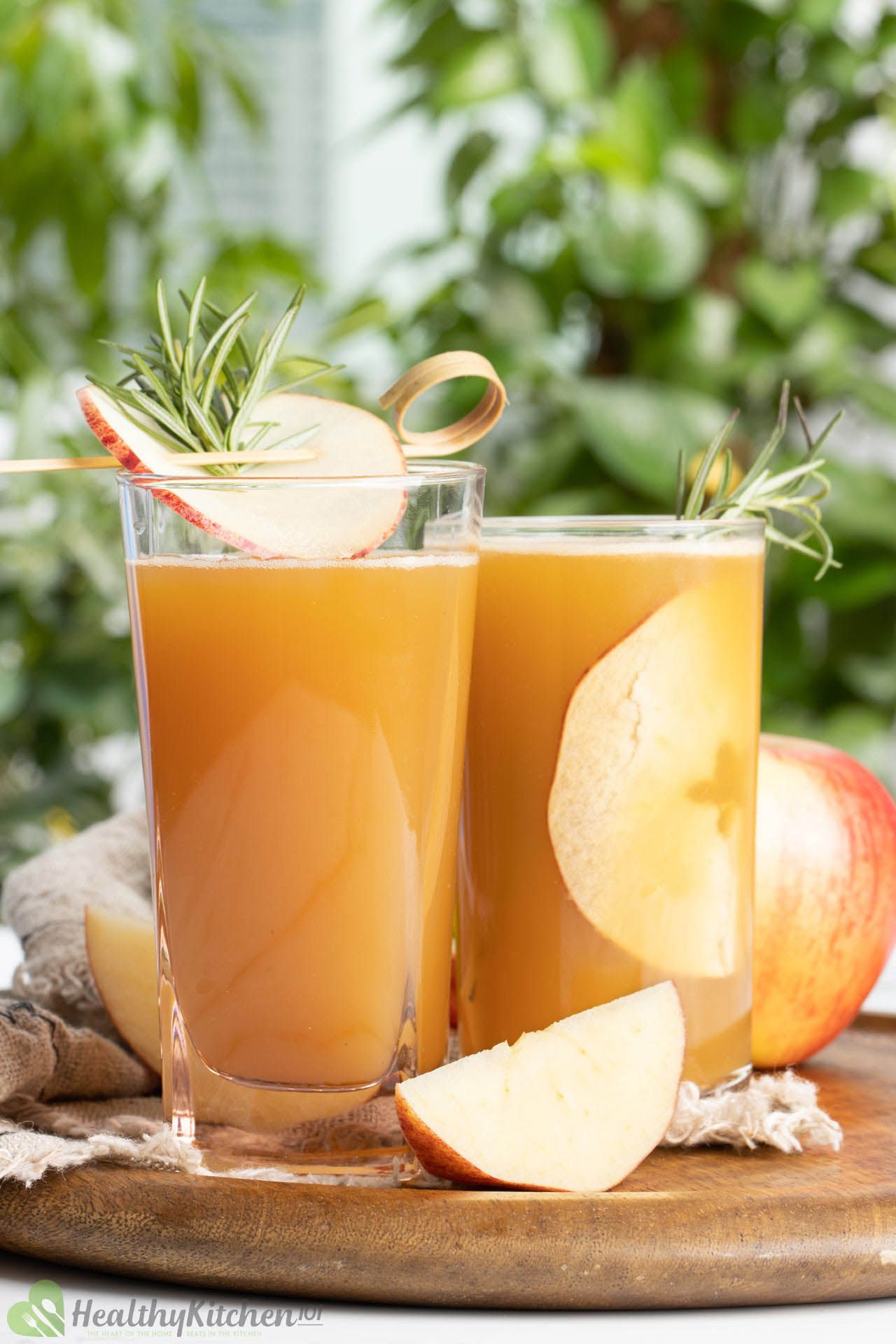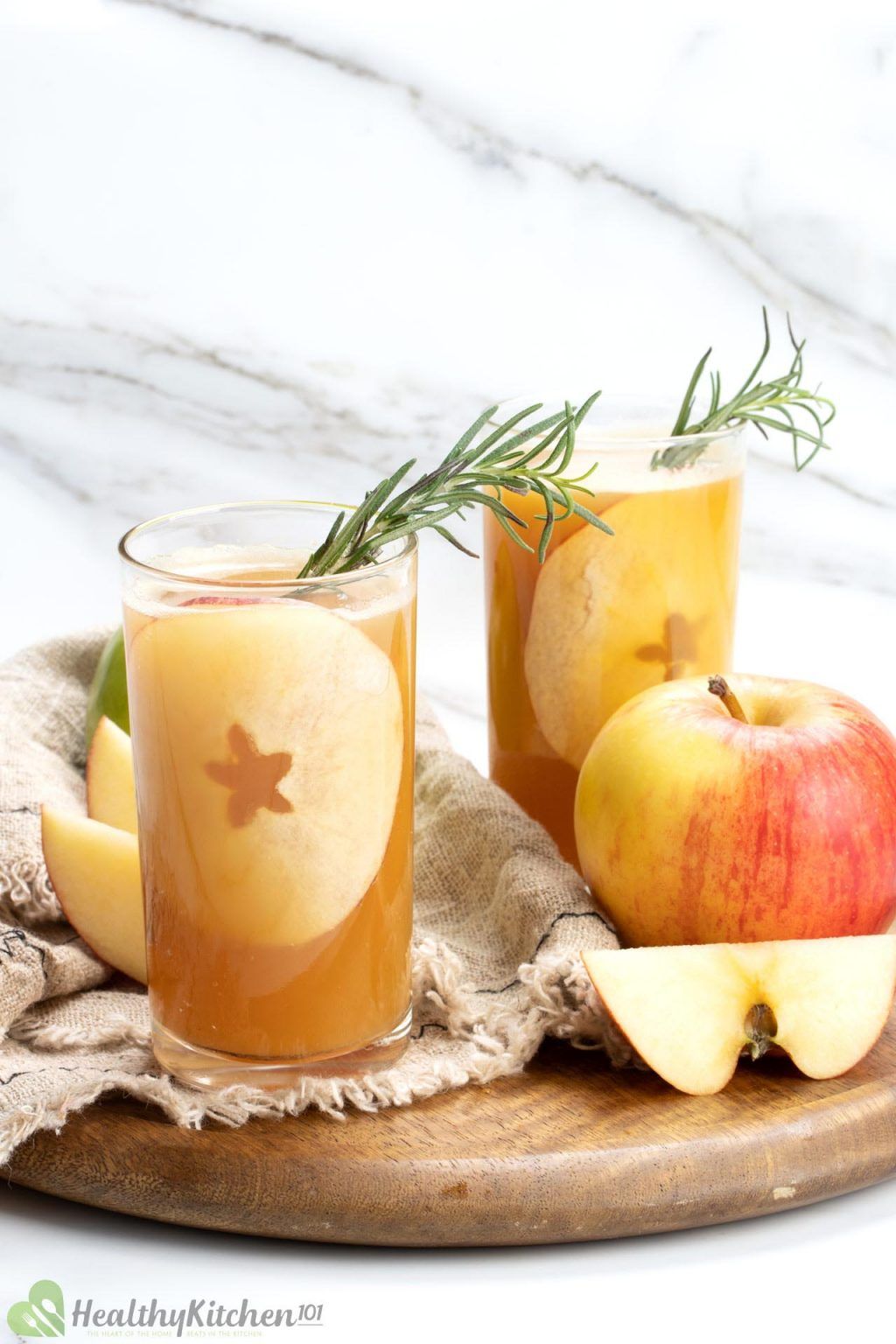

In GK rats, ad libitum fruit juice consumption (4-weeks) did not change body weight, glycaemia, oxidative stress nor glycation.

In vitro, the sugary solutions were more susceptible to AGE formation than fruit juices, also causing higher postprandial glycaemia and lower erythrocytes’ antioxidant capacity in vivo (single intake). In diabetic Goto-Kakizaki (GK) rats, we compared the effects of four different fruit juices (4-weeks) with sugary solutions having a similar sugar profile and concentration. We aimed to study the role of fruit juice sugars in inducing overweight, hyperglycaemia, glycation and oxidative stress in normal and diabetic animal models. **If you would like to receive our Recipe Of The Week – be sure to sign up to follow the blog via email in the right hand column, “like” us on the Facebook, or follow us on Twitter.Although fruit juices are a natural source of sugars, there is a controversy whether their sugar content has similar harmful effects as beverages’ added-sugars. Lid should not be able to be pushed up and down when center is pressed. Process in a boiling water canner for 10 minutes, adjusting for altitude as needed. Apply band and adjust until fingertip tight.ĩ. Ladle hot juice to hot canning jars leaving 1/4 inch headspace. Heat juice in a medium saucepan over medium-high heat to a low simmering boil.Ĩ. Taste the juice – if it is too strong you can add additional water to dilute.ħ. *If you don’t have a sieve, line a strainer with a few layers of cheesecloth and let drain for at least 2 hours.Ħ. Place a filter in a sieve and gently mash the apple/water mixture over a bowl/pot for the juice to be collected. Slowly boil the apples for approximately 25 minutes – the apples should be soft.ĥ. Place apple slices into a large stockpot and add water just until the apples are covered (approximately 4 cups).Ĥ. Wash and core the apples, leaving skin.ģ. Either way is acceptable but the most important thing to remember is that you know what’s in your juice if you make it yourself!Ĭheck out some of our other Apple Recipes:Īpple Pie Filling Recipe – Pie instructions includedĬrockpot Apple Butter Recipe-No SUGAR addedĪpple Crisp Recipe – Gluten and Dairy FreeĪpple juice that remains after straining for a couple of hours.ģ6 Medium size apples (mixture of varieties)ġ. However, it will be much less time consuming and the juice will be sweeter if you use orchard ‘store’ quality apples. You can use ‘seconds’ apples – the orchards will usually sell you them at a discounted price due to small bruising and damaged spots. The sweetness from the apples themselves is plenty to provide for the best tasting apple juice that you have ever had. With sweet varieties of apples available, such as Gala, Fuji, Rome, Honeycrisp and Red Delicious, there is no need to add additional sugars.

We have had several posts on what to make with apples (see below), but one that sometimes gets overlooked (because it is so easy) is all natural Apple Juice. Of course, with that change comes our fall harvest.Īpples have begun to ripen, and that means lots of great fruit, sauce, desserts and juices are ready to be made and consumed.

The leaves are beginning to change from a dark green hue to vibrant shades of yellow, orange and red. We are fortunate to live in an area that transitions us from a hot and steamy Summer to a beautiful, cool and crisp Autumn. One of our favorite times of the year is upon us, Apple Season, and that means its time to make homemade apple juice!


 0 kommentar(er)
0 kommentar(er)
